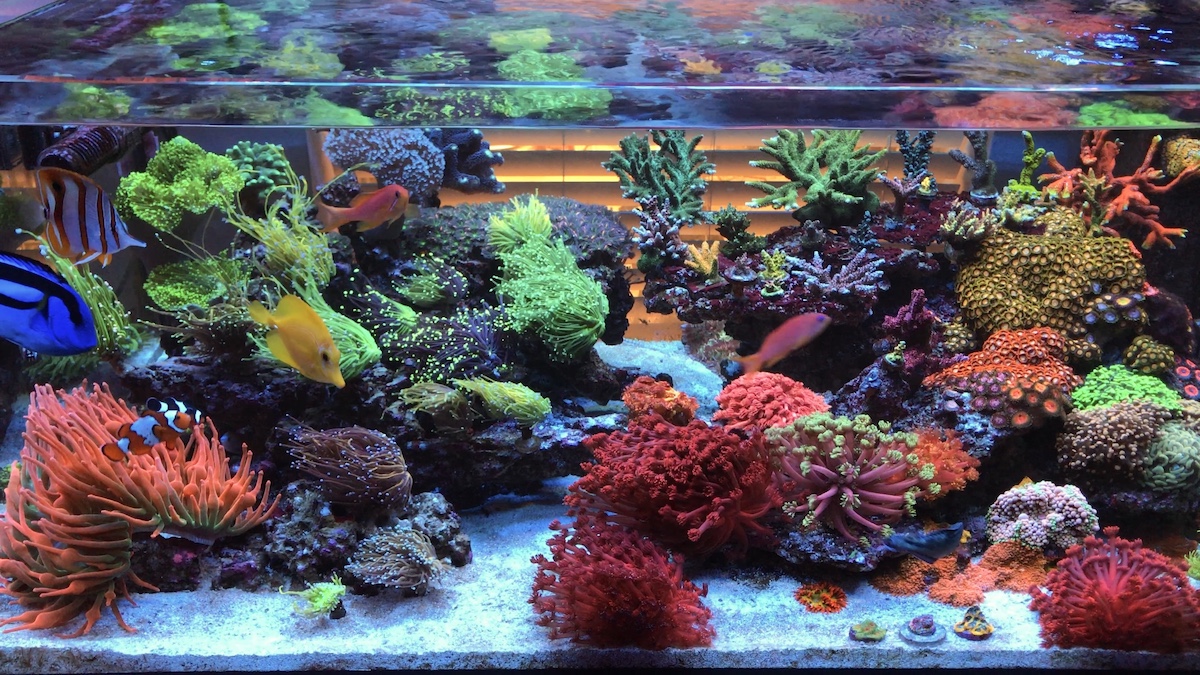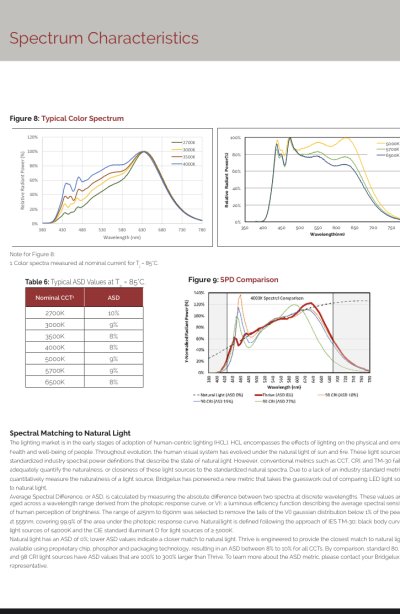Seems so. You should be able to ask them. If they don't get back to you then this is a problem, too. Edit: ReefBum knows how to reef and does not need to trick-light his corals to make them look good or sell them.
If anybody thinks that this just works with acropora, here are some shots of my Z&P under just 14k without any editing.
The point is that full spectrum light is critical to getting the best colors out of coral. You can add in a bit of blue to look at them if you want, but make sure that you keep that full spectrum in there too. Seems that only LED manufacturers, fools and the misinformed think that full spectrum is a problem.



If anybody thinks that this just works with acropora, here are some shots of my Z&P under just 14k without any editing.
The point is that full spectrum light is critical to getting the best colors out of coral. You can add in a bit of blue to look at them if you want, but make sure that you keep that full spectrum in there too. Seems that only LED manufacturers, fools and the misinformed think that full spectrum is a problem.























